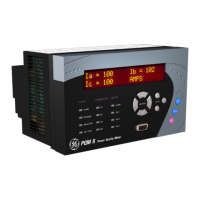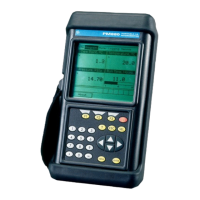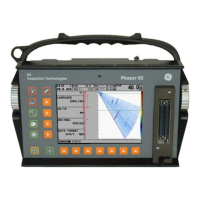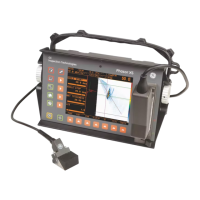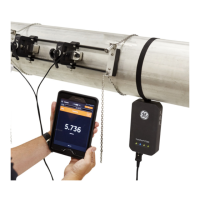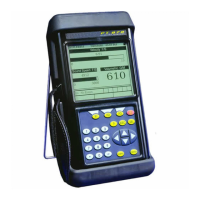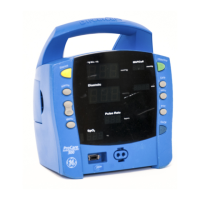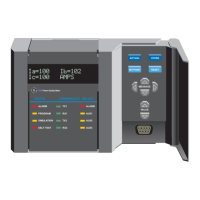7–16 PQMII POWER QUALITY METER – INSTRUCTION MANUAL
CHAPTER 7: APPLICATIONS
7.6 Data Logger Implementation
7.6.1 Data Logger Structure
The Data Logger allows various user defined parameters to be continually recorded at a
user-defined rate. The Data Logger uses 64 samples/cycle data. The PQMII has allocated
196608 bytes of memory for Data Log storage. The memory structure is partitioned into
1536 blocks containing 64 × 2 byte registers as shown below:
FIGURE 7–2: Data Logger Memory Structure
Each entry into the Data Log is called a Record. The Record can vary in size depending
upon the parameters the user wishes to log. The memory structure can also be partitioned
into 2 separate Data Logs. The size of the 2 logs is user-definable. The top of each Data Log
contains what is called the Header. Each Data Log Header contains the following
information:
• Log Time Interval: The user-defined interval that the data log stores entries.
• Present Log Time and Date: The time and date of the most recent Record.
• Log Start Block #: Block number containing the first byte of the logged data.
• Log Start Register #: The Register number containing the first two bytes of the
logged data.
• Log Record Size: The size of each Record entry into the Data Log based upon the
user-defined Data Log structure.
• Log Total Records: The total number of records available based upon the user
defined Data Log parameter structure.
• Block number of First Record: A pointer to the block containing the first record in
the Data Log.
• Register number of First Record: A pointer to the register containing the first
record in the Data log.
• Log Pointer to First Item of First Record: A pointer to the first record in the Data
Log.
• Block number of Next Record to Write: A pointer to the block containing the last
record in the Data Log.
REGISTER 0BLOCK 0
BLOCK 1
BLOCK 1534
BLOCK 2
BLOCK 1535
REGISTER 0
REGISTER 0
REGISTER 0
REGISTER 0
REGISTER 1
REGISTER 1
REGISTER 1
REGISTER 1
REGISTER 1
REGISTER63
REGISTER63
REGISTER63
REGIST
ER63
REGISTER63

